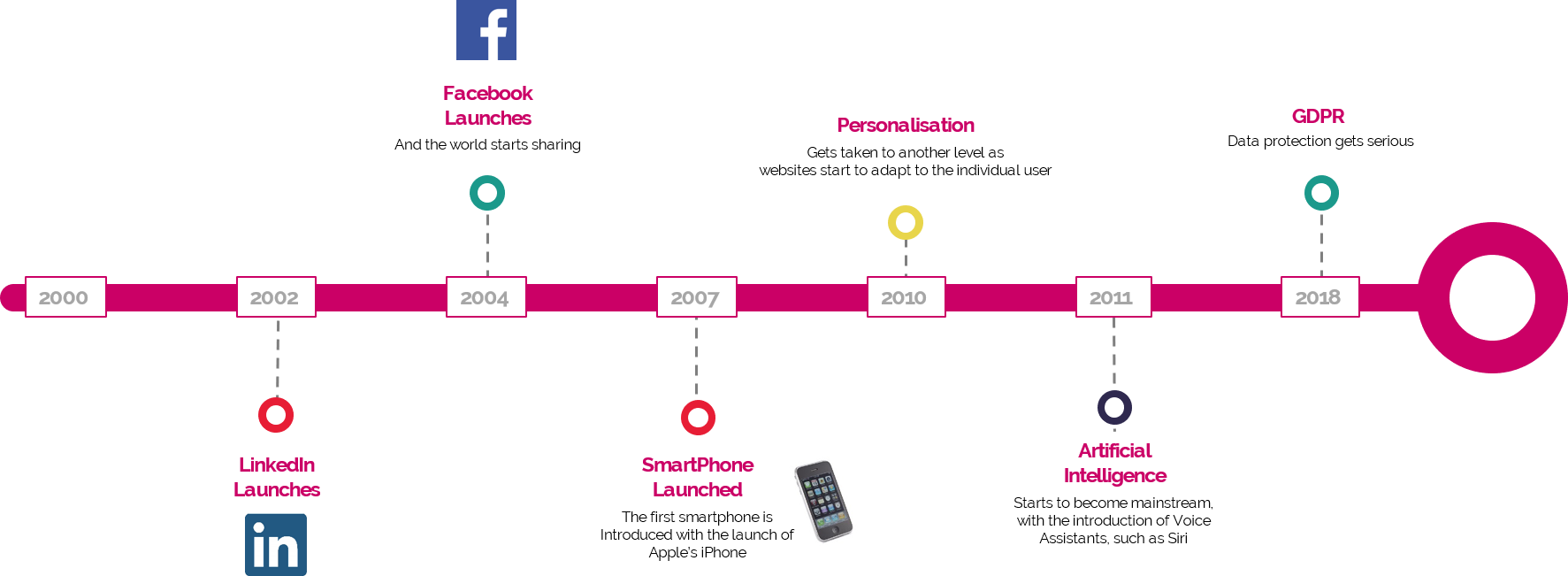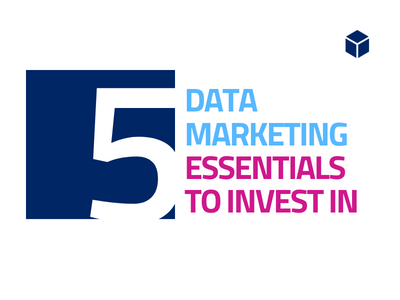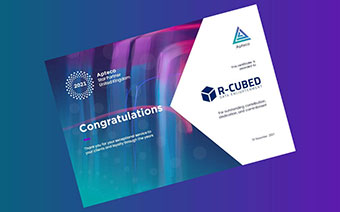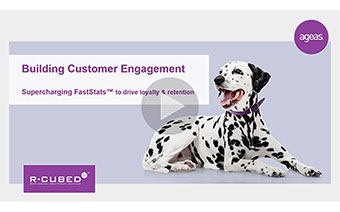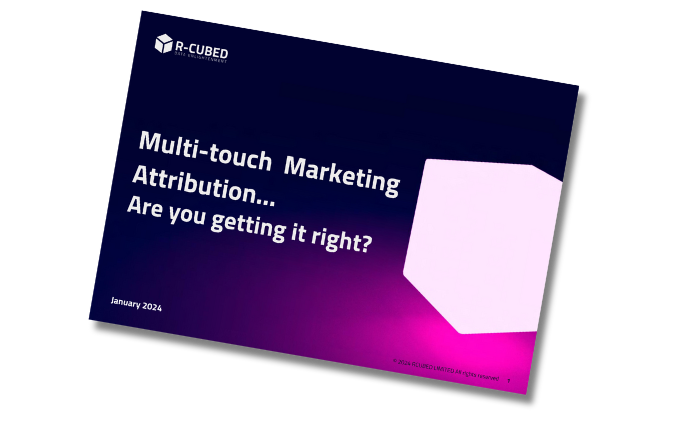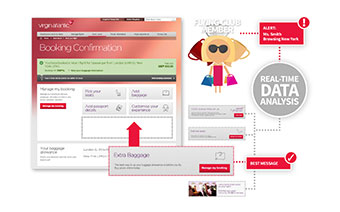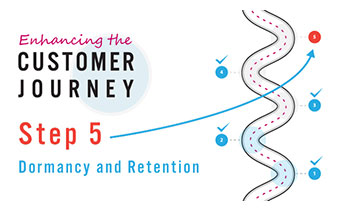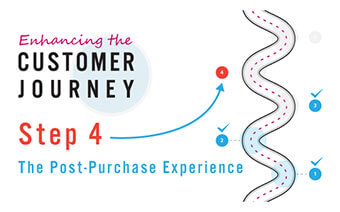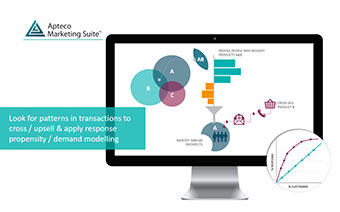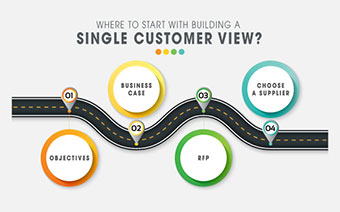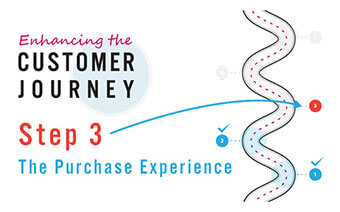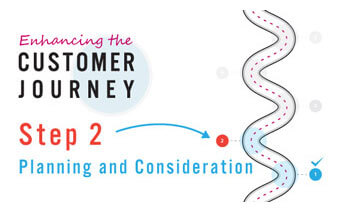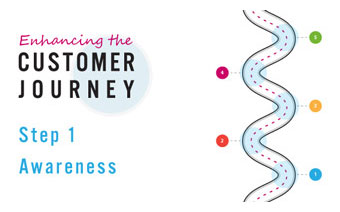Twenty years ago, we came roaring out of the twentieth century with a sense of relief that our computers, phone, TVs and other electrical devices had survived the dreaded Millennium Bug.
Everything was still working pretty much as before and we could get on with our lives and the job of marketing.
So back to work we went, building our shiny new websites and sending marketing emails to those customers who were tech-savvy enough to have email addresses. But few of us could have imagined the dramatic changes in technology and data that would take place over the coming years.
As we come to the end of the first twenty years of the twenty-first century, we take a look at some of the developments that have transformed the way we communicate with our customers.
Customers made their data freely available
Facebook (2004)
Facebook wasn’t the first social media site (hello Friends Reunited) but it was the one that captured the attention of millions around the world. At last, we could share our holiday pictures, organise social events and explain that our relationship status was ‘complicated’, all from the comfort of our computer screens. (No smartphones yet, remember.)
But it didn’t take long before businesses started to see the potential of social media. Customers were now willingly telling the world what they liked, what they didn’t, where they shopped, ate and went on holiday. What’s more, it was a reasonable assumption that many of their friends would also like the same thing.
Businesses became able to target their marketing to those who would be most interested – and by definition, their friends and acquaintances. Facebook Marketplace went one step further in enabling purchases directly from a business’ page.
Today, we’re still sharing pictures of our family, pets and what we’re had for lunch, but commercially, social media has very much come of age.
We were able to share our marketing expertise
LinkedIn (2002)
This new technology and flow of data didn’t just give us better access to customers.
Sites such as LinkedIn brought together the business community, making it easier to share knowledge, recruit new employees and connect with like-minded individuals. And of course, B2B marketers have used it to sell in much the same way as B2C businesses have used Facebook.
We were now able to follow thought-leaders, build our networks and poach our competitors’ staff like never before.
The arrival of the smart phone
iPhone (2007)
The ubiquitous smartphone has only been with us for 13 years, but it’s proved to be one of the biggest game-changers even in data-driven marketing.
With a smartphone in their pocket, customers could now browse websites and receive digital marketing 24/7. No longer did you have to time your email campaigns to drop when people got home from work. Customers were now continually available to receive and respond to emails, texts, push notifications, flash sales and last minute offers.
And over the coming years, wearable tech such as watches would only further tie us all into our newly connected world.
The Single Customer View
(early 2000s)
Data-driven marketing was nothing new by the time we got into the twenty-first century, but traditional customer databases or data warehouses were often cumbersome, difficult to interrogate and the data contained in them could be weeks out of date.
As communications themselves became faster through emails and texts, data needed to flow faster so that the very latest customer data could be used.
And so the Single Customer View was born, bringing together all the various data sources across the business, so that complete, up-to-date and accurate information could be used for multi-channel marketing. Today, it’s the essential first step in beginning to deliver a robust marketing strategy.
Website personalisation
(2010s)
Websites at the turn of the century were very different beasts to today. Many of them were little more than online versions of traditional leaflets and catalogues. Few were transactional, loading times were long and the days of being responsive to PCs, phones or tablets were years away.
Over time, designs improved and sites adapted to the device the customer was using. The big breakthrough though, was the arrival of website personalisation. Once you had a Single Customer View, it became a simple task to link it to the website, changing prices and products to present the customer with a more relevant experience.
If you’re not yet personalising your website, have a look at our case study here to see what’s possible.
Artificial intelligence
(eg Siri -2011)
The increasing speed and scale of data collection had demanded new ways of using it and artificial intelligence has dramatically changed the speed at which it’s processed.
Although AI has its origins back in the last century, it’s only in the last few years that its applications have become mainstream for both marketers and consumers, with developments such as voice assistants and smartphones and advances in technology for processing algorithms.
Marketing technology had enabled real-time decisioning, determining the next best action for any given customer at any point in time. This can trigger a personalised communication or even act as a prompt for call centre agents during a call.
No more slow human decision making or manual campaigns. Now you can get the right message to the right person – right now.
You can read more about the growth of AI here.
A tightening of data protection regulations
GDPR (2018)
Perhaps in part as a response to the hugely increased collection and usage of customer data, GDPR saw a tightening of regulations over how personal data could be used.
Marketers across the EU struggled with consent v legitimate interest as they got their data houses in order. And difficult though it may have been, the marketing industry has ended up in a place where usage of data is more transparent and customers have more knowledge and more rights over their data. Ultimately that can only be a good thing as marketers can be more confident than ever before that their customers are ready, willing and able to listen to well-crafted and relevant communications.
And into the future we go…
The twenty-first century has made real-time marketing a reality. The combination of continual access to customers via always-on devices, real time data and automated campaign tools has given us unfettered access to our target market.
And with AI (artificial intelligence) becoming a reality for both consumers and marketers alike, the future will take us even further from the manual delivery of individual campaigns to a much more fluid and personalised experience for the customer.
See you in another twenty years…

